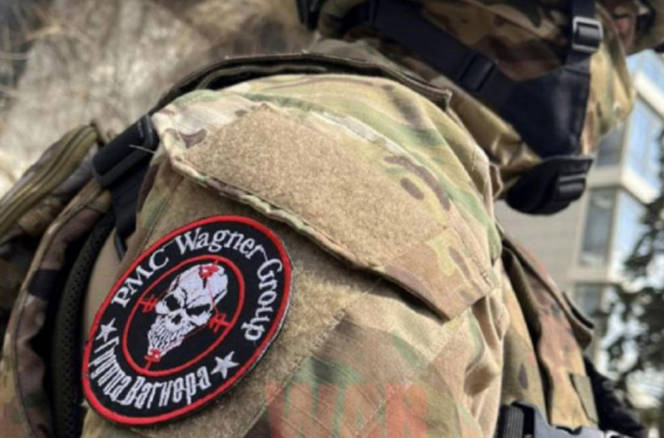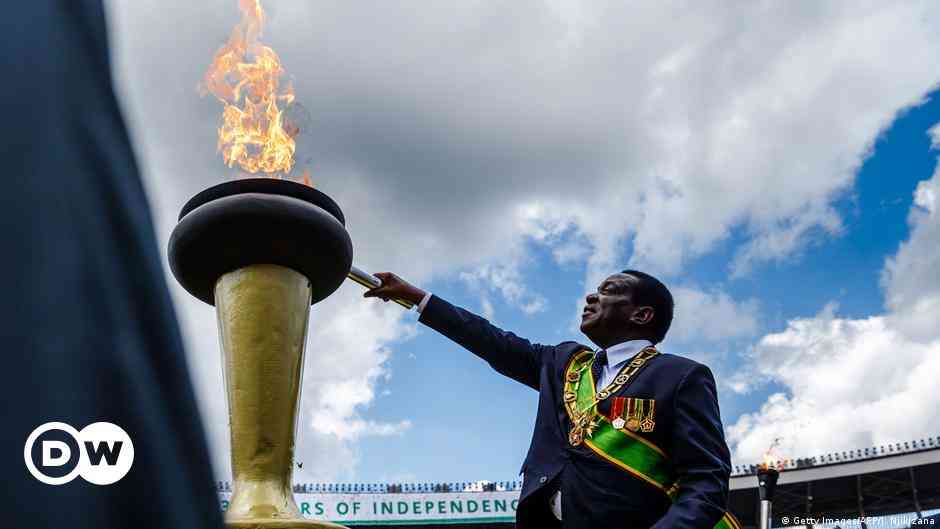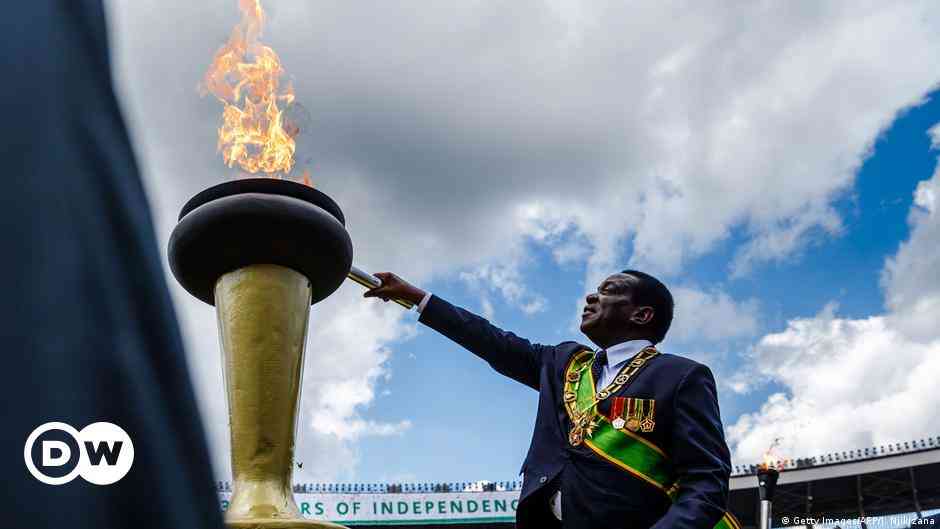
By Paidamoyo Muzulu
THIRTY-FOUR years is a long time. A very long time for Zimbabweans who still survive with the State security boot on their necks.
Unfortunately, it seems even the so-called new dispensation is reluctant to domesticate the United Nations convention against torture and other cruel, inhumane or degrading treatment or punishment (Cat).
The 34 years started when Cat entered into force on June 26, 1987 after 20 States had ratified the convention.
The convention requires signatories to take measures to end torture within their territorial jurisdiction and to criminalise all acts of torture.
Many States across the globe were hesitant to domesticate or ratify the convention probably because all leaders at some point are autocrats and are accustomed to using force to consolidate power.
The UN General Assembly adopted resolution 39/46 on December 10, 1984. It took two-and-half-years to have the first 20 countries ratify it into a law.
1984 and 1987 are significant years for Zimbabwe. By 1984, the State security apparatus was in the middle of implementing Gukurahundi.
- Chamisa under fire over US$120K donation
- Mavhunga puts DeMbare into Chibuku quarterfinals
- Pension funds bet on Cabora Bassa oilfields
- Councils defy govt fire tender directive
Keep Reading
Thousands of civilians in Matabeleland and Midlands provinces were systematically tortured, inhumanely and degradingly treated under the guise of fighting dissidents in the region.
It is also important to note that 1987 is a poignant marker in the cessation of Gukurahundi and the signing of the Unity Accord between Zanu and PF Zapu.
This is an agreement that created and brought the country closest to a one-party State.
Zanu Ndonga and Conservative Alliance of Zimbabwe (formerly Rhodesian Front) had some insignificant representation in Parliament.
It is critical to note Prime Minister and first executive President Robert Mugabe was not in a rush to acknowledge the State abuse of power during Gukurahundi. His government did not ratify Cat.
Mugabe’s closest apology about that dark period that killed an estimated 20 000 civilians was during the burial of former Vice-President Joshua Nkomo when he said: “Gukurahundi was a moment of madness.”
While many Zimbabweans, particularly from Mashonaland and Manicaland provinces may not have had a closer experience of torture sponsored by the State, post 2000. Zimbabwe had bloody elections in 2000, 2002 and 2008.
Hundreds lost their lives for supporting the opposition MDC and thousands were left maimed or with broken souls from torture sanctioned or abetted by the State.
To many, it became apparent as after every bloody election the Zanu PF government would issue a clemency order.
No prosecution ever visited those who committed torture or gross human rights violations.
They got away scot-free because they did the heinous crimes in the name of the ruling elite.
It was not only opposition activists who suffered at the hands of State security agents and Zanu PF functionaries, but also journalists and civil society activists.
The cases of Mark Chavhunduka and Ray Choto, journalists at The Standard, and Zimbabwe Peace Project director Jestina Mukoko proved this.
Chavhunduka and Choto handed themselves over to police over a coup story, but the police released them into the hands of the military or other shadowy State agents.
They were held in communicado for nearly two weeks. They were not released even in the face of court orders.
When they were finally brought back to the civil world, Chavhunduka and Choto had been brutalised, tortured and were broken.
They had to go to some Nordic country to get specialised treatment.
After their ordeal they both lived in exile unfortunately, Chavhunduka succumbed to his injuries.
During the duo’s ordeal, Zimbabweans were alerted of the torture chambers in Goromonzi.
The journalists alleged and it was never denied that they had been taken to some place in Goromonzi, where the torture took place.
Goromonzi then took a new dimension to Zimbabweans, something akin to Guantanamo Bay in the United States — a place where human rights cease to exist, a place where not rules apply.
For Mukoko, it was a three-week horror movie after she was abducted by State security agents from her Norton home one morning.
She was held in communicado for a whole three weeks and brutally tortured at various State torture chambers.
In both cases, Chavhunduka and Choto Mukoko, the State cases collapsed in court after it was proven torture had been used.
It is trite in both domestic and international law that evidence, information or confessions obtained through torture are not legally recognised.
It is a universally accepted view that a person will say or do anything under torture or even under the threat of torture to avoid the pain.
The question is: Why do States use torture? It is probable and the only reason that torture is used to breakdown a person, induce fear in those who witness it or the lucky ones who survive it.
It enhances the rule by fear and raises the status of perpetrators to demi-gods.
The Constitution outlaws use of torture or degrading treatment. Why is Zimbabwe reluctant to domestic Cat?
It is time that the new dispensation once and for all domesticated Cat and put on notice those that thrived on in fear using torture. Torture is inhumane and should not be tolerated in any society.
President Emmerson Mnangagwa the ball is in your court for you and your executive to finally put to good use your two-thirds majority by enacting progressive legislation starting with domesticating Cat for democracy to thrive.
- Paidamoyo Muzulu is a journalist based in Harare. He writes here in his personal capacity.











